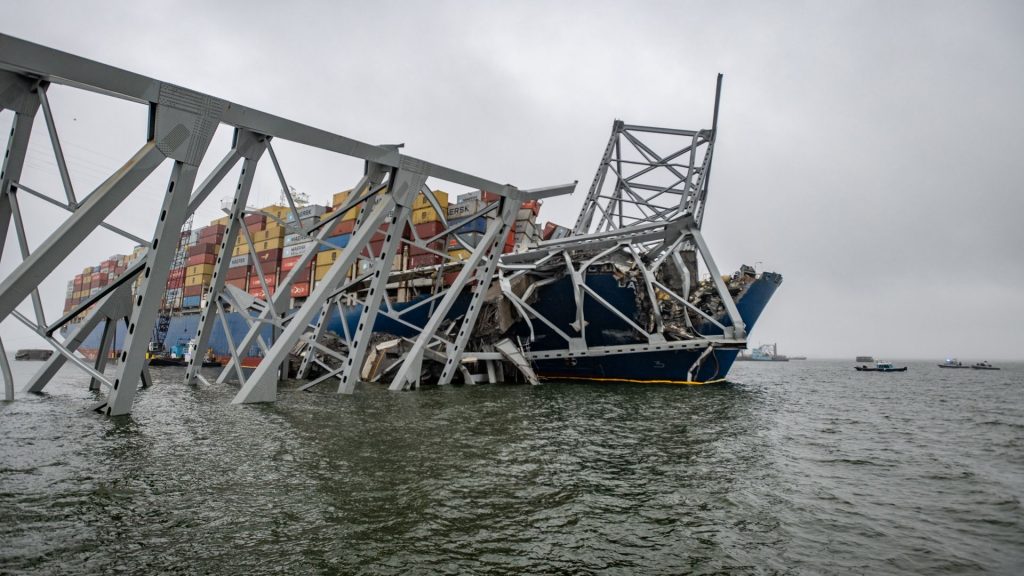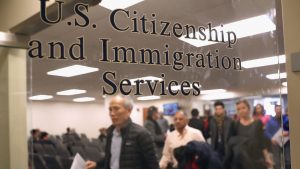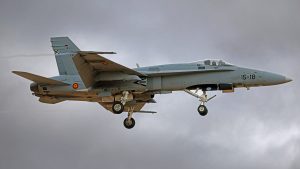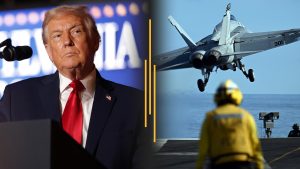New transcripts show moments before deadly Baltimore bridge collapse

Transcripts from the National Transportation Safety Board (NTSB) offer a new perspective from inside the Dali cargo ship’s crew’s reaction moments before their vessel crashed into the Francis Scott Key Bridge in Baltimore, leading to its collapse on March 26, 2024. Six construction workers were killed when the bridge plunged into the Patapsco River.
What happened before the Dali set sail?
The transcripts first revealed what happened a day before the crash, when several alarms went off on the ship’s bridge at 2:20 p.m. Around 90 minutes later, the ship’s second in command, known as the chief officer, and an electronics technician noted that the alarms came from an “unspecified condition.” Roughly two hours later, the head of the ship’s operations directed a detailed report about the alarms, with specific orders to document all available information.
Following the discovery, at around midnight, the pilot and training pilot got on the Dali. The pair discussed procedures prior to launch, which involved coordinating tugboats and loosening lines on the ship to prepare for launch.
Moments before disaster
Unbiased. Straight Facts.TM
Officials estimate that the cost of replacing the Francis Scott Key Bridge to be as much as $1.9 billion.

The transcripts later show casual conversation around 12:30 a.m. between the pilot and training pilot. The pilot told the training pilot he would allow him to take over controls once they hit “the mainstream” and he “speeds down the channel.” At 1:07 a.m., the pilot ordered the Dali captain to release the “forward tugboat.” The conversation continued until 1:24 a.m. when multiple alarms rang, and the transcript said a “sound similar to Automatic Power Change Over Circuit” was overheard on the radio. Four minutes before the collision, the pilot asked the training pilot, “Do you have steering?”
During the final four minutes before the crash, crew members shouted steering directions, the pilots warned dispatchers that the ship had lost power and they reported the vessel was no longer under control. They initially ordered the Bay Bridge closed, but quickly corrected themselves to the Key Bridge.
Just before slamming into the bridge, the ship’s master asked the pilots whether the Dali was “working.” The pilot replied that it was not. At 1:29 a.m., audio captured the sound of the bridge crashing into the river below. The pilots cursed and the training pilot yelled, “The Key Bridge is down.”
Moments after the crash, the pilot asked, “What did we do wrong?”
Maritime expert’s analysis
Sal Mercogliano, a maritime historian who hosts “What’s Going on With Shipping,” on YouTube said his review of the transcripts shows that the pilot’s pleas for the Key Bridge to be closed did appear to work to some extent, noting traffic had been halted on the bridge, but a construction crew filling potholes remained.
According to Mercogliano, the pilots’ response to the emergency wasn’t flawed.
“The reaction from the crew seemed to be exactly what you want, at least on the bridge side,” Mercogliano said on his YouTube channel on Tuesday, June 3. “Captain initiated plans to drop the anchor, there were issues with dropping the anchor, even if you drop that anchor it made no difference in the world. You’re not going to slow, turn that ship. I don’t think that anchor would have had any effect at all on a 100,000-ton vessel at 8 knots; it’s not going to do anything.”
Mercogliano added, “The pilot fortunately got on the radio, got on the phone, alerted the bridge crews, stopped traffic on it. Unfortunately, couldn’t save the six men who died on the bridge and one other who went in the water but was saved.”
Warning saved lives
However, Mercogliano noted, the incident could have been even worse, had it not been for the crew’s warning and the time of day.
“But fortunately, they stopped all other traffic on the bridge,” Mercogliano said. ” This didn’t happen in daylight when it would’ve been even more crowded on the bridge.”
He added that once the lights went dark, the situation was beyond the pilots’ control.
“They had literally almost no control of the ship,” Mercogliano said. “It was completely under inertia. There was nothing they could do once that power went out.”
What’s next in the investigation?
An investigation and litigation about what led up to the power failure are ongoing, including a lawsuit accusing the Singaporean owner and operator of the ship, Grace Ocean Private Limited and Synergy Marine PTE LTD, of failing to fully disclose to the pilots the condition of the ship. Helmsman Maragasseri Rajan told investigators that he did not notice any issues with the ship the day before it left Baltimore and noted it was a “very nice vessel,” according to The Baltimore Banner. However, the ship’s second officer, Alan Babu, reportedly told investigators in a separate interview that the ship had lost power that same day but it came back on later that afternoon, which woke him up from a nap.





